The 1970s were a golden era for sitcoms, but some of the gems from that decade have faded into obscurity over time. While shows like All in the Family and MASH* continue to be remembered, many others from the ’70s have slipped under the radar, despite having a solid following back then. These shows were filled with unique characters, quirky storylines, and humor that captured the essence of the time, but somehow didn’t leave the lasting impact of their more famous counterparts.
It’s easy to forget about the underrated sitcoms from the ’70s, but these 18 shows deserve a second look. They may not have had the same staying power as the all-time classics, but they still reflect a significant moment in TV history. Whether it was their experimental plots or their unexpected charm, these forgotten sitcoms bring back a piece of the past that many people may not even realize they’re missing.
The Paul Lynde Show
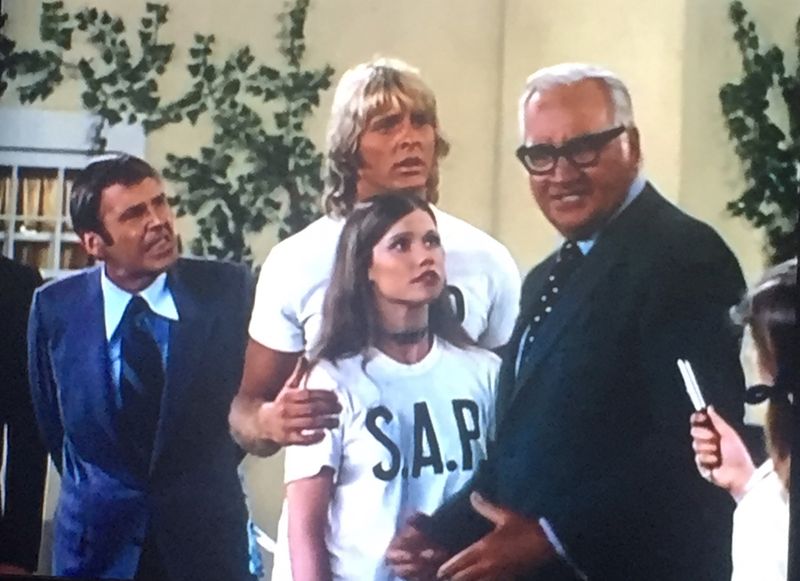
“The Paul Lynde Show” aired from 1972 to 1973, starring the ever-charismatic Paul Lynde as the head of a suburban family. Despite Lynde’s comedic genius, the show struggled with ratings and was short-lived.
Set in a typical 1970s neighborhood, it attempted to capture the family dynamics of the era but couldn’t quite find its footing against more popular shows of the time.
Today, it’s remembered mostly by dedicated fans of Lynde’s work, who appreciated his sharp wit and unique comedic style. This sitcom remains a curious relic from television’s past.
Temperatures Rising
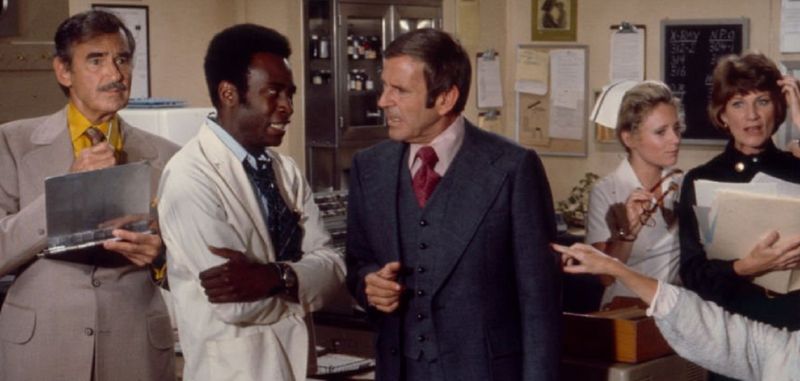
“Temperatures Rising” was a satirical medical sitcom that aired from 1972 to 1974. It explored the humorous side of hospital life, with James Whitmore leading the cast as the chief of staff.
The show underwent several cast and format changes during its brief run, which confused audiences and led to its early cancellation. However, it offered a unique take on the typically serious medical genre, mixing slapstick humor with situational comedy.
Although it failed to gain a strong following, “Temperatures Rising” is remembered for its attempt to blend comedy and healthcare.
Lots of Luck

Starring Dom DeLuise, “Lots of Luck” aired in 1973 and revolved around a New York City bus company worker trying to support his eccentric family.
The show was filled with comedic misadventures, highlighting DeLuise’s knack for physical comedy. Despite its potential, it only lasted one season due to stiff competition and time slot challenges.
Fans of DeLuise might fondly recall his humorous antics and the show’s lighthearted take on working-class life. “Lots of Luck” stands as a brief but charming chapter in 1970s television history.
Funny Face
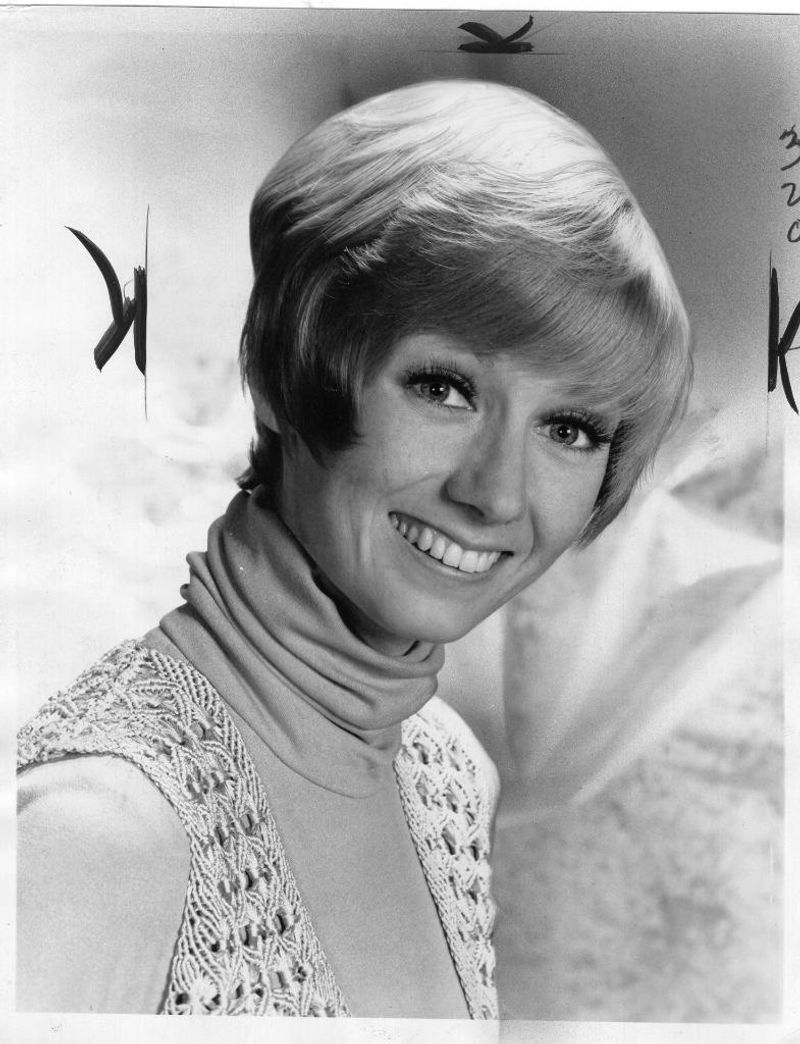
“Funny Face” starred Sandy Duncan as a young photographer navigating life and career in the big city. Airing in 1971, it showcased Duncan’s talent and charm.
The show faced network changes and rebranding, eventually becoming “The Sandy Duncan Show.” Despite Duncan’s appeal, it struggled with consistency and viewer engagement.
Today, it serves as a reminder of Duncan’s early career and the era’s changing television landscape. “Funny Face” reflects the challenges faced by women in the workforce during the 1970s, wrapped in humor and lighthearted storytelling.
A Touch of Grace
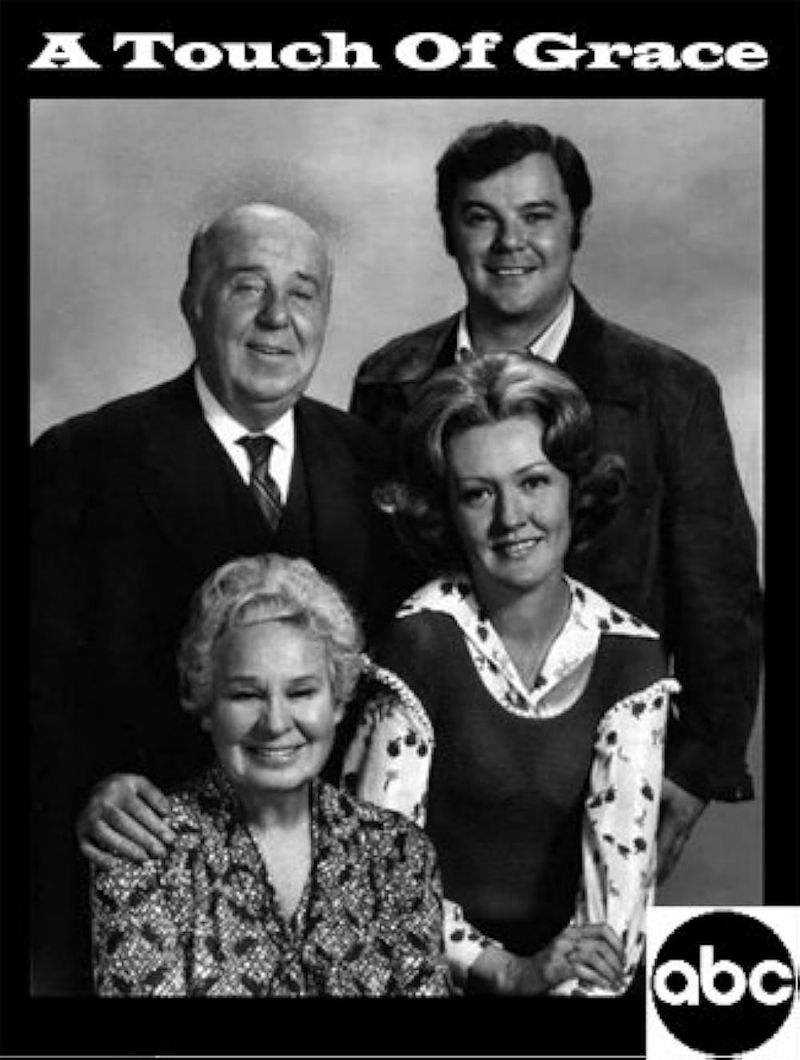
“A Touch of Grace” aired in 1973, featuring Shirley Booth as Grace Simpson, a widowed woman finding companionship and humor in her daily life.
The show explored themes of aging and friendship with a gentle, comedic touch. Despite its heartfelt narrative, it struggled to capture a wide audience and lasted only one season.
Shirley Booth’s performance was a highlight, bringing warmth and authenticity to the show. “A Touch of Grace” remains a fond memory for those who appreciated its thoughtful exploration of life’s later stages.
Calucci’s Department
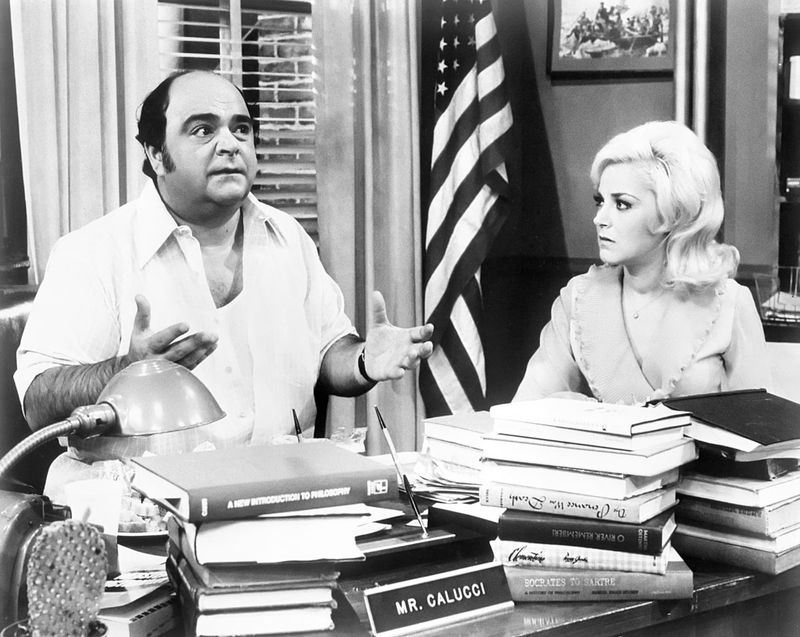
This 1973 sitcom starred James Coco as the head of a malfunctioning city government office. “Calucci’s Department” combined workplace humor with political satire, offering a unique blend of comedic elements.
Despite its innovative approach, the show faced stiff competition and was canceled after a single season. Coco’s comedic timing and the show’s witty scripts remain appreciated by those who saw it.
It provided a humorous take on bureaucratic inefficiencies, resonating with the era’s growing distrust of government institutions. “Calucci’s Department” is a hidden gem worth rediscovering.
The Good Life

“The Good Life” wasn’t as forgotten in the UK but remains less known in the US. Airing from 1975 to 1978, it followed a couple who left corporate life for self-sufficiency.
The series explored themes of sustainability and suburban life, charming audiences with its warmth and humor. Richard Briers and Felicity Kendal’s chemistry made it a memorable watch.
Though more recognized overseas, “The Good Life” is worth a look for its delightful portrayal of a simpler, more self-reliant lifestyle, resonating with today’s eco-conscious viewers.
The New Dick Van Dyke Show

“The New Dick Van Dyke Show” aired from 1971 to 1974, marking a return for the beloved comedian. Set in an Arizona television station, it followed Van Dyke’s character navigating work and family.
The show had moments of brilliance but never quite reached the heights of Van Dyke’s earlier success. It struggled with ratings and was eventually canceled.
Despite its challenges, fans appreciated the familiar humor and charm Van Dyke brought to the screen. This sitcom remains a testament to his enduring appeal and versatile talent.
The Girl with Something Extra
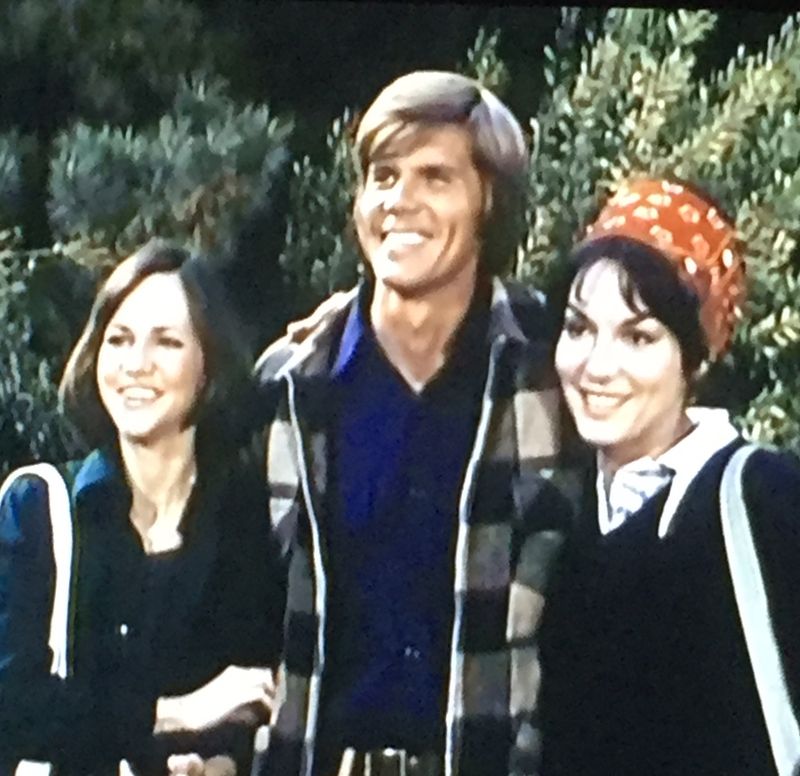
Starring Sally Field, “The Girl with Something Extra” offered a comedic take on ESP and relationships. Airing in 1973-74, it centered around a woman with telepathic abilities.
The show explored the humorous consequences of mind-reading in a marriage, blending romance and comedy. Despite Field’s engaging performance, it struggled to maintain audience interest.
While short-lived, it showcased Sally Field’s early career and her ability to handle diverse roles. “The Girl with Something Extra” provided a lighthearted look at the supernatural, wrapped in 70s style and sensibility.
When Things Were Rotten
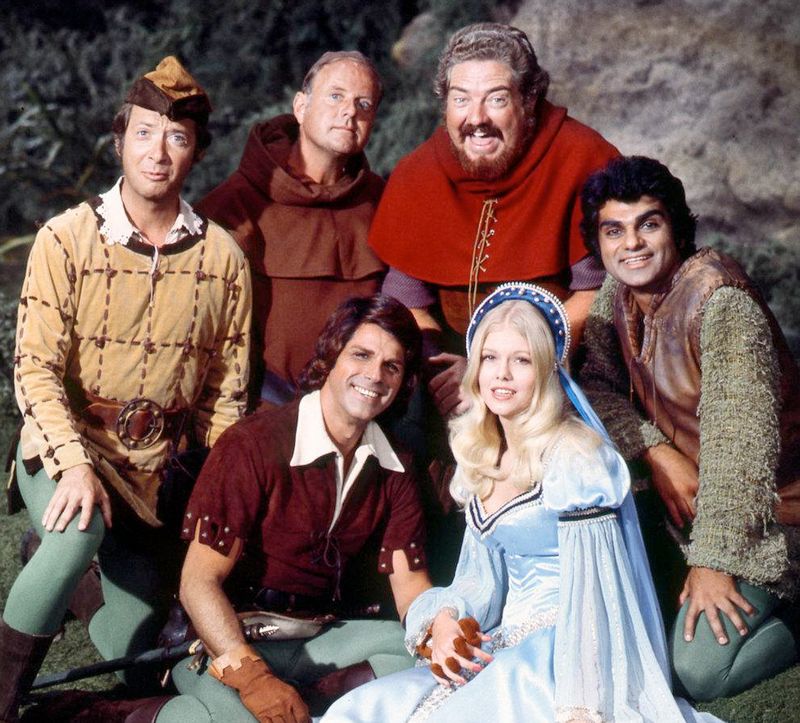
Created by Mel Brooks, this 1975 parody of the Robin Hood legend offered a comedic twist on the classic tale. “When Things Were Rotten” aired for a single season but left a lasting impression.
Its slapstick humor and witty dialogue mirrored Brooks’ signature style, appealing to fans of absurd comedy. The show featured a talented ensemble cast delivering hilarious performances.
Although it didn’t find a large audience, its clever take on medieval adventures remains appreciated by comedy enthusiasts. “When Things Were Rotten” is a delightful piece of television history.
C.P.O. Sharkey

C.P.O. Sharkey, starring Don Rickles, aired from 1976 to 1978. It focused on the antics of Chief Petty Officer Otto Sharkey, who managed a diverse group of recruits at a San Diego naval base. Rickles, known for his insult comedy, brought his signature humor to the character, creating a unique sitcom experience.
The show tackled themes of authority and rebellion, often highlighting the humorous tension between Sharkey and his recruits. Despite its tight comedic timing, C.P.O. Sharkey struggled to capture a broad audience and was ultimately short-lived.
On the Rocks

“On the Rocks” aired from 1975 to 1976, offering a comedic glimpse into prison life. Set in a minimum-security prison, it focused on the humorous interactions between inmates and staff.
The show was notable for its unique setting and witty writing, capturing the absurdities of life behind bars. However, it struggled to gain a foothold in the ratings war.
Despite its short run, “On the Rocks” remains a fascinating exploration of prison culture through a comedic lens. Its blend of humor and social commentary is worth a revisit.
Dusty’s Trail
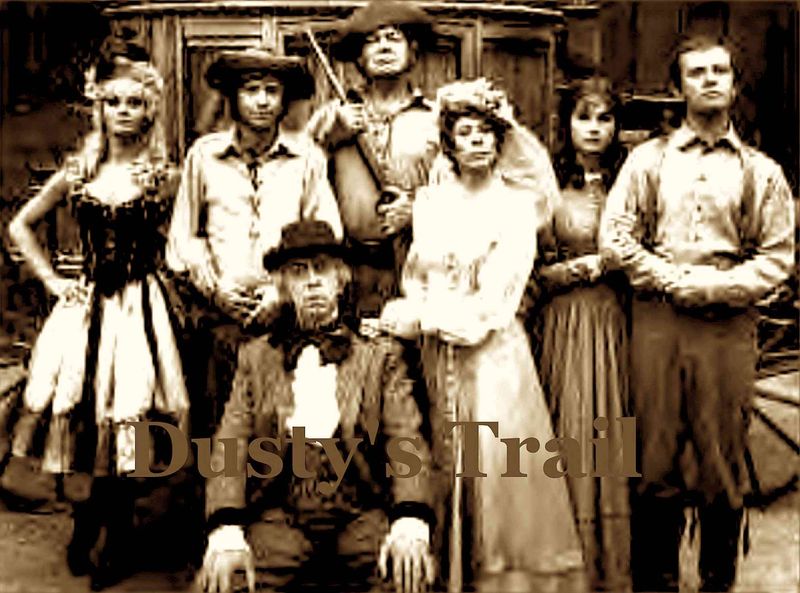
Starring Bob Denver, “Dusty’s Trail” aired in 1973-74, following a group of travelers lost on their way to California. The show was a Western-themed take on “Gilligan’s Island,” a nod to Denver’s previous role.
Despite its charming premise, it never quite captured the same magic and was canceled after one season. The cast’s chemistry was a highlight, bringing humor and heart to the Old West.
“Dusty’s Trail” remains a quirky curiosity, appealing to fans of Denver’s work and those who enjoy offbeat Western tales.
The Texas Wheelers
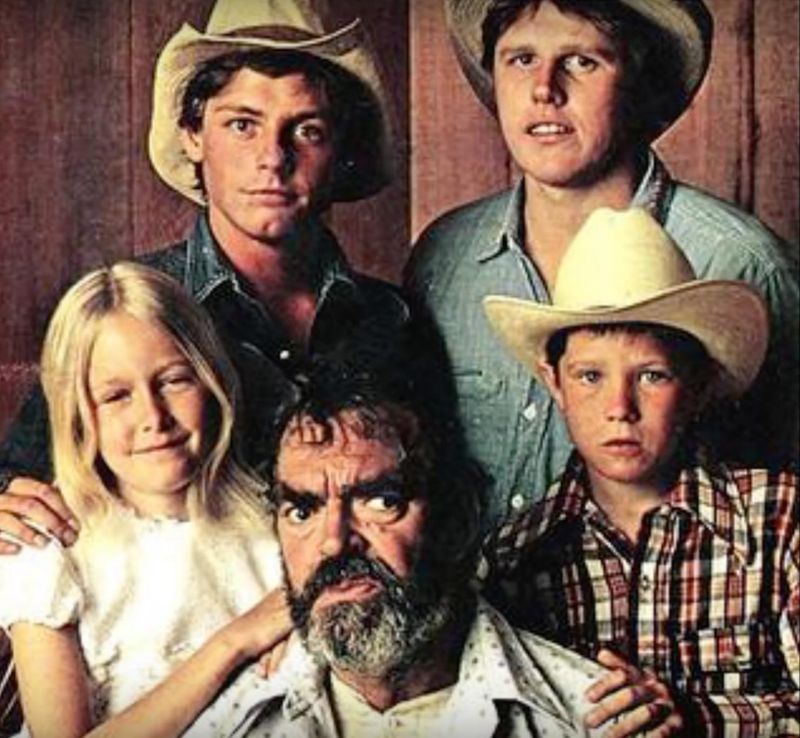
“The Texas Wheelers” aired briefly in 1974, starring Jack Elam as the laid-back patriarch of a struggling farm family. The show balanced humor with heartfelt moments, capturing the essence of rural America.
Despite its quality writing and strong performances, it failed to find an audience and was canceled prematurely. Its blend of comedy and drama resonated with viewers who appreciated its authenticity.
“The Texas Wheelers” remains a hidden gem, remembered for its sincere portrayal of family life. Its short run left a lasting impression on those who discovered it.
The Montefuscos
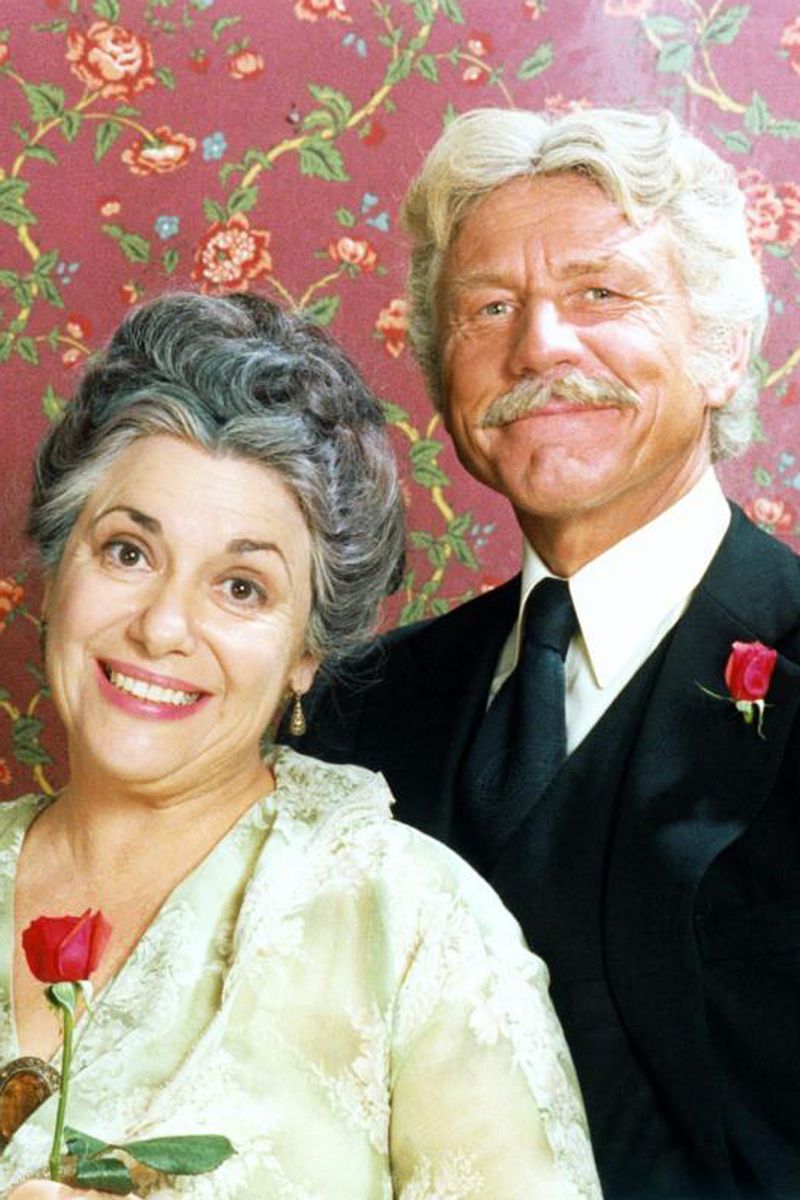
“The Montefuscos” aired in 1975, chronicling the lives of an Italian-American family. The show aimed to capture the humor and warmth of family gatherings but struggled with execution.
Despite its promising concept, it failed to resonate with audiences and was quickly canceled. Its portrayal of cultural traditions and family dynamics offered a unique perspective.
While not a commercial success, “The Montefuscos” is remembered by those who enjoyed its take on Italian-American culture. Its short-lived run serves as a nostalgic look at ethnic sitcoms of the past.
The Super
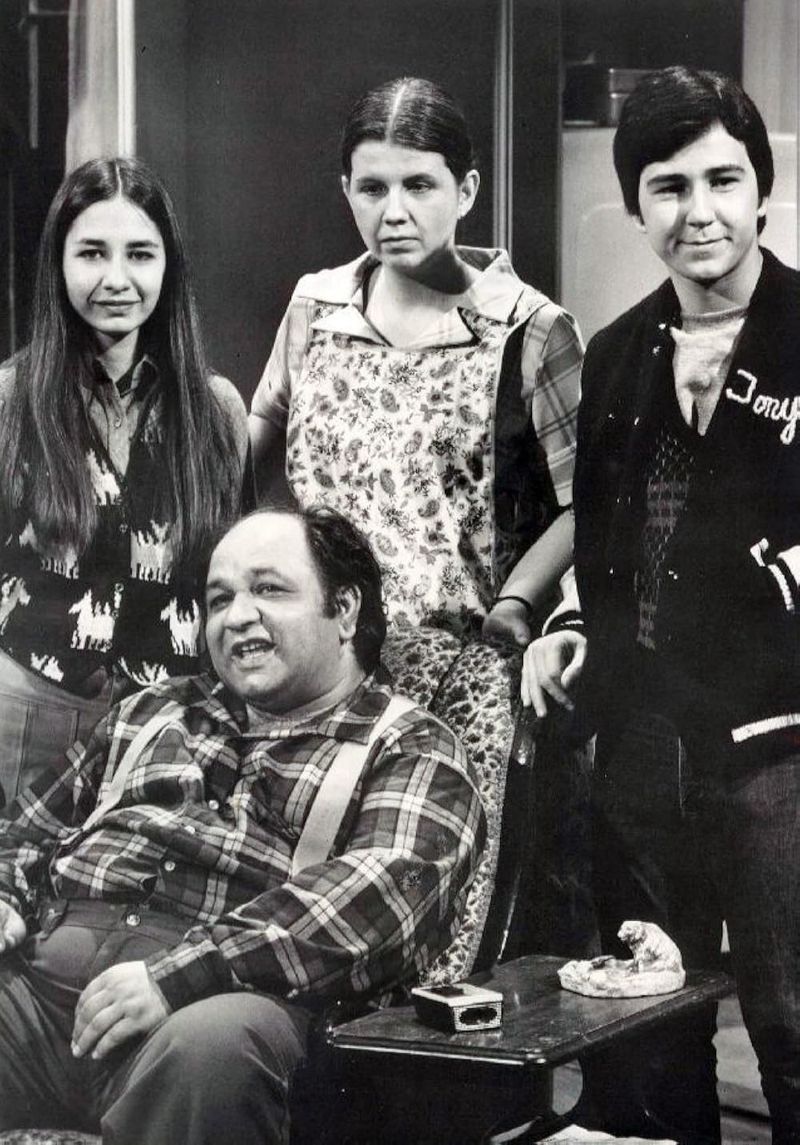
“The Super” aired in 1972, starring Richard S. Castellano as a building superintendent dealing with tenants’ antics. Despite Castellano’s talent, the show struggled with consistency.
It offered a humorous look at urban living, highlighting the challenges faced by those managing apartment complexes. However, it failed to capture a strong audience and was soon canceled.
Fans of Castellano might recall his engaging performance and the show’s witty scripts. “The Super” serves as an intriguing glimpse into 1970s urban life, wrapped in humor and charm.
The Kallikaks
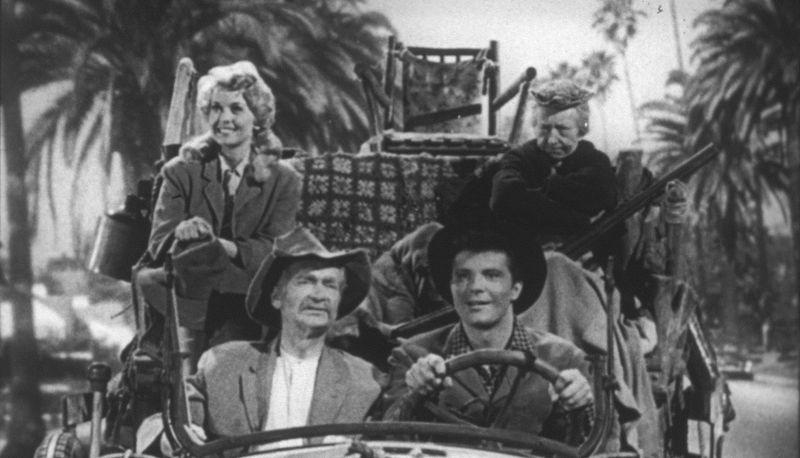
The Kallikaks, a sitcom that aired in 1977, depicted the hilarious life of a Pennsylvania family trying to make ends meet. The show centered around the Kallikak family, led by Jasper, who struggled with the complexities of running a dilapidated farm.
The series’ charm lay in its portrayal of the family’s daily challenges, mixing slapstick humor with heartfelt moments. Despite its endearing qualities and potential, The Kallikaks failed to resonate widely, resulting in a brief run.
Doc
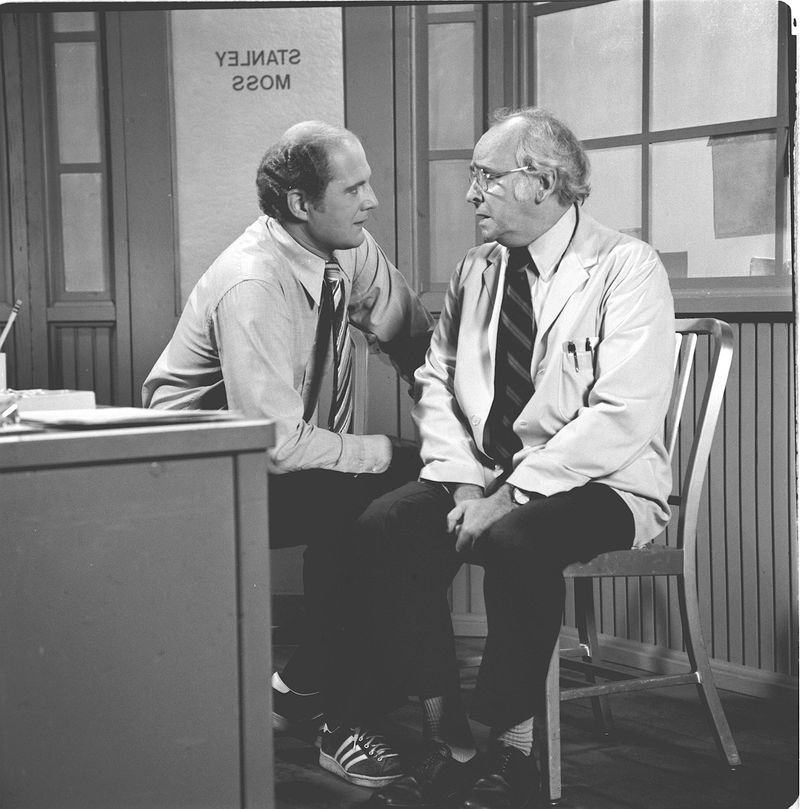
“Doc” aired from 1975 to 1976, starring Barnard Hughes as a small-town doctor facing life’s comical challenges. The show combined medical drama with lighthearted humor, exploring both professional and personal dilemmas.
Despite its engaging premise and Hughes’ performance, “Doc” struggled with ratings and was canceled prematurely. Its portrayal of rural medical practice provided a unique setting for sitcom storytelling.
“Doc” remains a fond memory for those who appreciated its charm and gentle approach to life’s complexities. It’s a hidden gem worth revisiting for fans of medical comedy.
